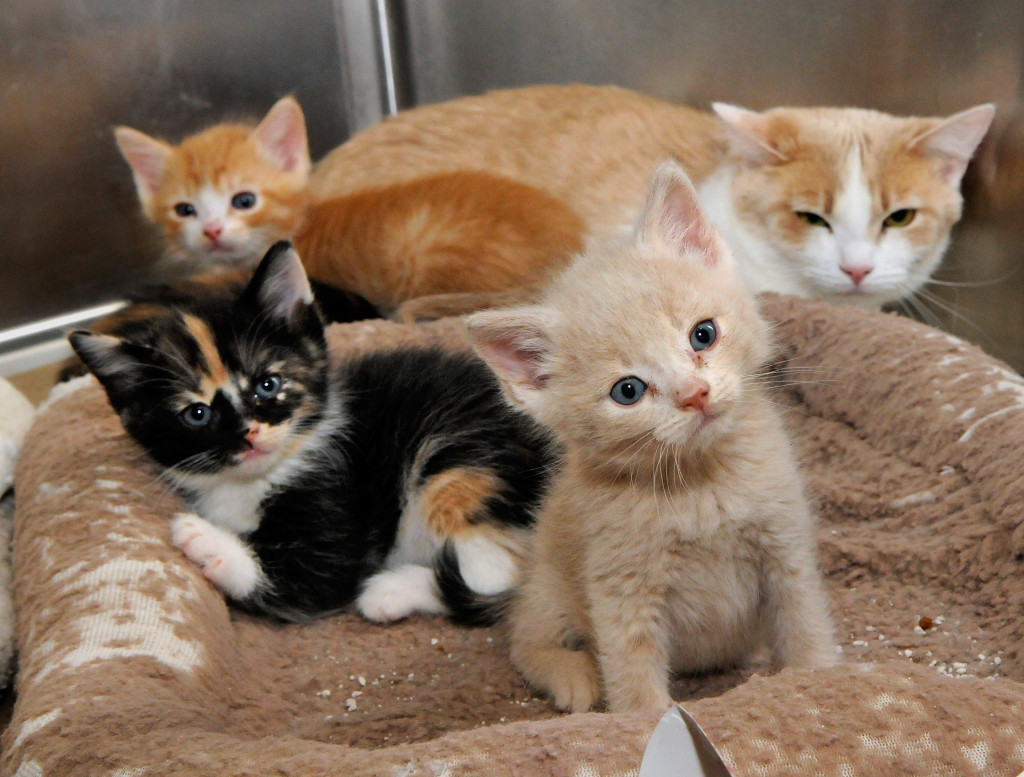
Animals in shelters deserve our protection today.
I’ve not posted any articles about communities embracing No Kill resolutions and announcing they will become No Kill cities and do not plan to do so. Why? Experience.
First and foremost, many will not achieve it. Lincoln County, NC, announced a No Kill resolution in 2013. This month it announced that animals not adopted within 10 days will be automatically killed.* And Columbia City just announced that it will begin what a local newspaper called “the process to be a no kill city.” Its resolution includes enforcement-oriented mandates credited with increasing impound rates, death rates, and backyard breeding in those communities which passed similar provisions.
This, of course, doesn’t mean that some communities who issue such resolutions will not achieve it. They will. But I think it prudent to withhold celebration until they do. In fact, I offer my congratulations regularly, posting about such success in communities like Austin, Georgetown, Williamson County, Seagoville, and elsewhere. I even offer congratulations to those that have significantly reduced the killing, but have not yet achieved No Kill, regardless of my personal belief that they can and should do better and do so more quickly.
Second, most promise they will achieve it in five years, a wholly arbitrary figure. Too many communities, starting from different places and with different demographics, all claim it will take five years and yet the vast majority of communities that have actually achieved it have done it much quicker; in many cases, in six months or less. Contra Costa County in California, the entire state of Utah, Maricopa County in Arizona, all promised No Kill in five years and none of them achieved it. Indeed, Maddie’s Fund promised the whole country would be No Kill in five years several times: in 1998, Maddie’s Fund announced the achievement of a No Kill nation by 2003. It then suggested it would take 10 years, by 2008. Finally, we were told it would happen in 2015. It didn’t.
Not because it can’t happen; it can. We can be a No Kill nation today. Five year No Kill plans don’t work because often they are not supposed to. They are, instead, a means of stifling criticism, delaying accountability, or raising money. Meanwhile, the action necessary to actually make No Kill happen—reforming the shelter—is not taken. People are asked to spay/neuter more, to adopt more, not to surrender their animals, and here’s the rub—to donate a lot more—but the shelter is let off the hook.
Third, the most dramatic declines in killing should be the easiest to achieve, with the greater challenges involving the last 5% of animals, but the plans generally invert it: pushing the bulk of lifesaving to later years, again suggesting that the five year plan is merely delay—just long enough for memories of bold promises of No Kill to fade and be forgotten; and just long enough for the needless body county of animals to sew such despair that another promised five year plan will again be greeted with enthusiasm and support; enthusiasm and support that will result in lots and lots of money for the dream merchants who peddle it.
And while I suppose a resolution is better than no resolution, and the increasing number of resolutions is one measure of the No Kill movement’s influence, a resolution is not an ordinance. It is not a law. It is not a mandate. As Lincoln County shows: the No Kill resolution is not enforceable; the mandatory kill order is. As such, I do not want to lead people on or to deter true reform by ignoring that success is in reach today in order to accept what often turns out to be nothing more than a promise of success at a later date. And not just any promise; what Mary Poppins called a “pie crust promise.” Easily made; easily broken.
* In response to public outrage, Lincoln County rescinded the mandatory kill order.
————-
Have a comment? Join the discussion by clicking here.